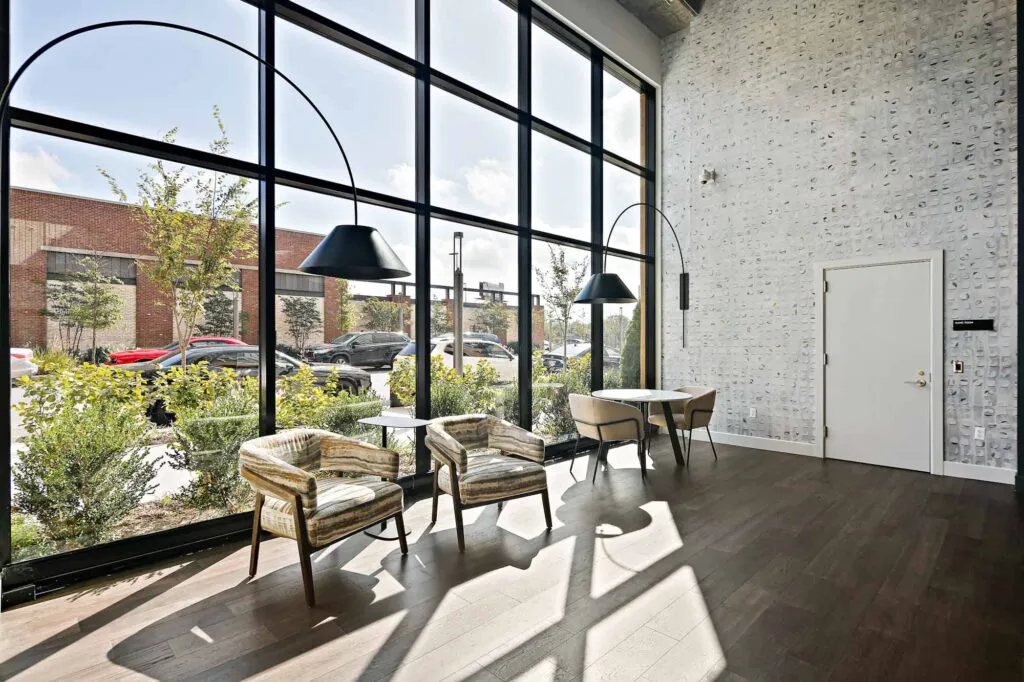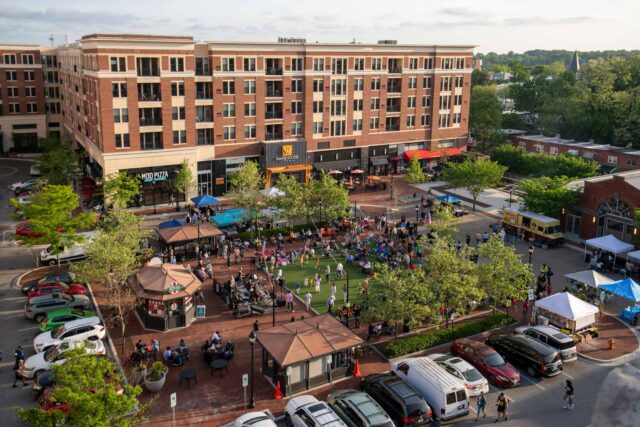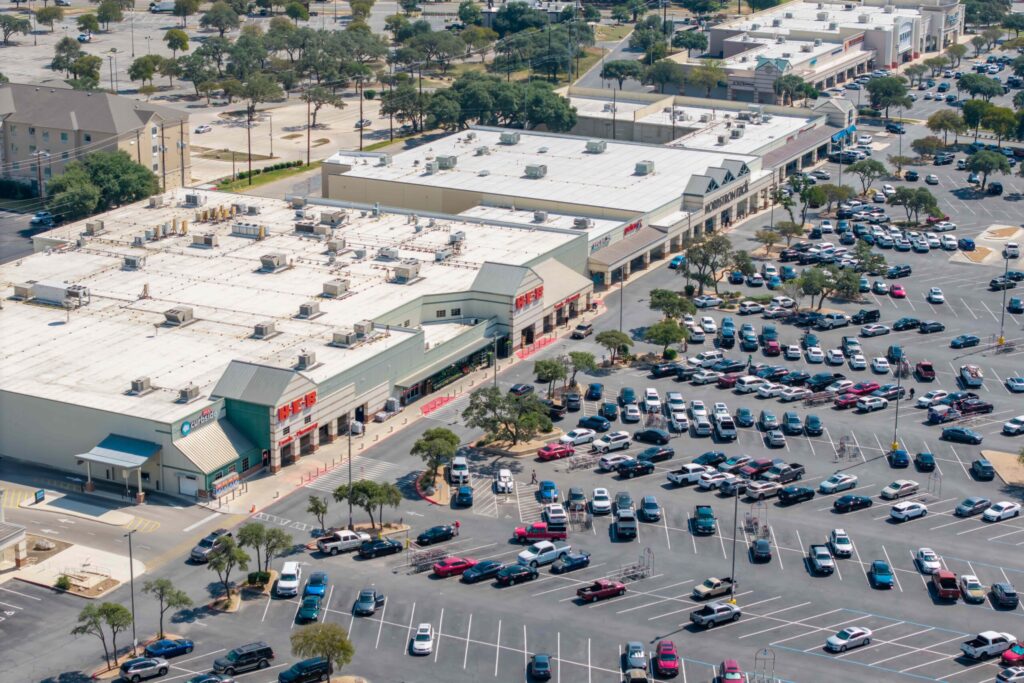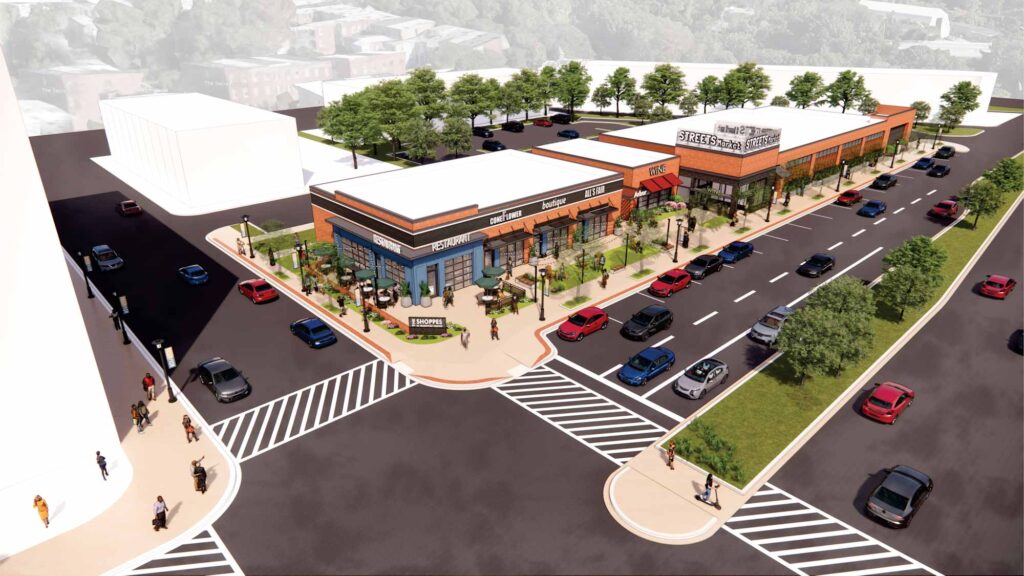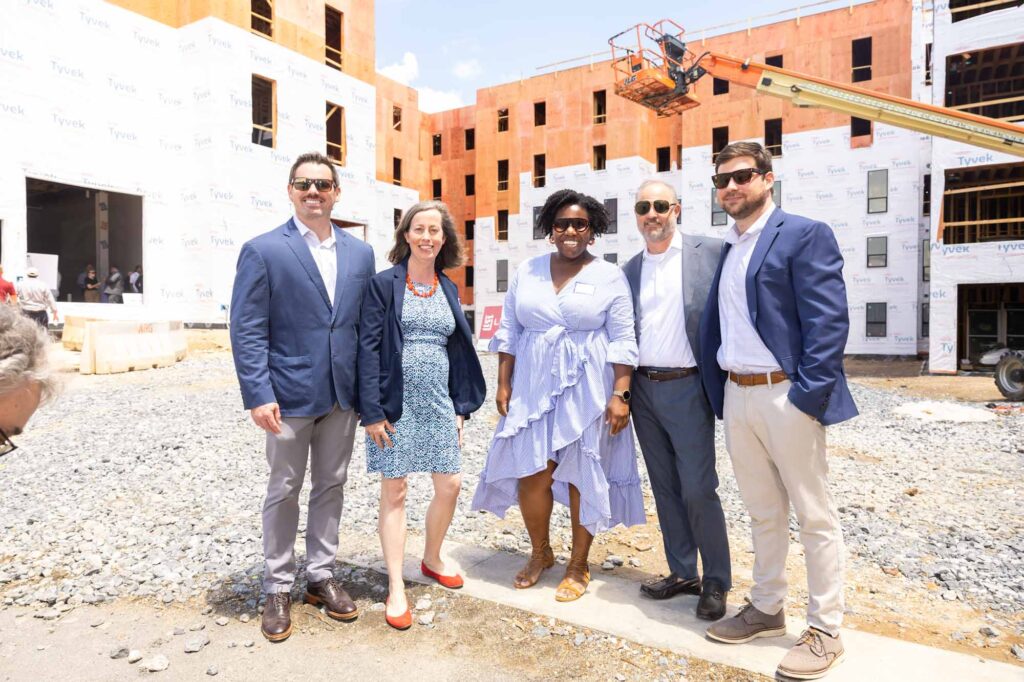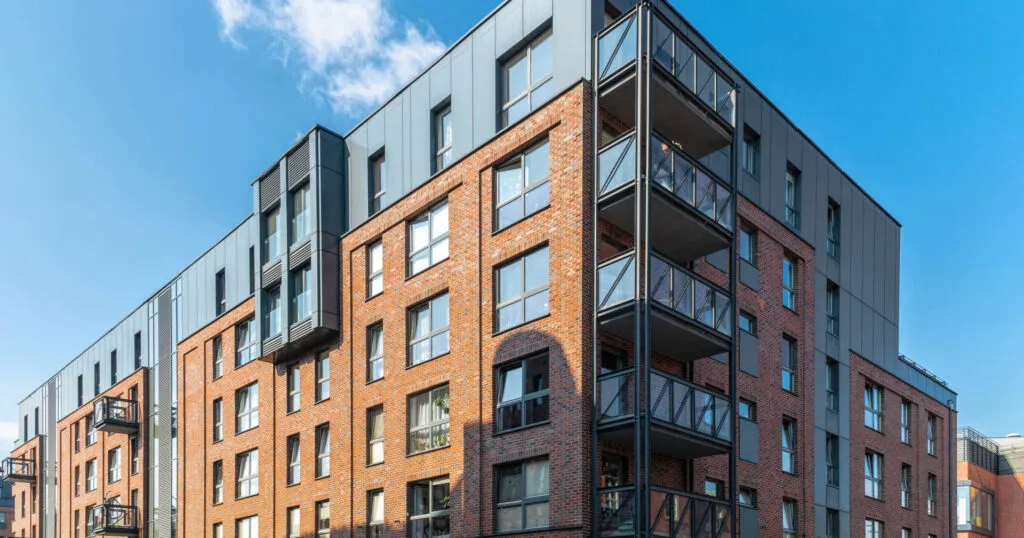Retail Is Now Taking the Wheel in Modern Mixed-Use Developments

The following op-ed was originally published in the May 2025 issues of Southeast Real Estate Business and Shopping Center Business.”
In the Mixed-Use Back Seat, No More: Retail Takes the Wheel
By Drew Gorman, Principal, MCB Real Estate
Historically, multifamily assets have been the cornerstone of mixed-use commercial development. Investor interest and the consistent demand for housing, particularly in urban areas, have made multifamily units a reliable revenue source and a key component in supporting other sectors- like retail.
Not anymore.
There’s been a notable shift in recent years and retail has stepped into the spotlight, becoming a driving force in mixed-use developments. This change doesn’t just reflect the role retail plays in creating vibrant, mixed-use spaces that attract residents and office workers alike, but also the evolution of retail as a favored asset class. With retail acting as an anchor, these developments foster greater foot traffic and create communities where people can live, work, and shop all in one location.
Despite challenges such as labor shortages and rising construction costs, significant opportunities still exist—especially in the Southeastern U.S., and the long-term growth potential for retail-driven mixed-use or multi-use developments in the region, makes them a smart investment in today’s market. Couple this with the region’s steady population growth and migration patterns, and the Southeast is a prime area for retail-driven mixed-use projects, offering developers a chance to capitalize on the changing dynamics of commercial real estate.
Mambo Combo concert at the Rotunda
Retail Demand Surges, Vacancy Declines
Despite years of speculation about the death of retail, brick-and-mortar properties continue to thrive, particularly in grocery-anchored neighborhood shopping centers located in densely populated urban and suburban areas. As COVID showed us, e-commerce remains a powerful force in consumer behavior, but well-located retail spaces have not only proved their resilience, moreover that omnichannel distribution has been a must for successful retailing.
A 2024 CoStar report revealed that the national retail vacancy rate has hit a five-year low of 4.08%. This marks a steady decline, making retail the only major commercial real estate sector where vacancy has consistently decreased since 2019. Interestingly, retail now has the smallest gap between supply and demand when compared to other sectors like multifamily, office, and industrial. Even more surprising, retail’s demand for space is outpacing the industrial sector, which has seen a surge in available space due to an oversupply during and post-pandemic. And unlike industrial and multifamily, adding retail supply is a much slower and extended process, suggesting that lower vacancy rates are likely to remain.
The tight supply is driving faster lease decisions, with the average time to sign a lease dropping to an all-time low of more than eight months. As demand increases, landlords are gaining more pricing power, and smaller spaces—especially for quick-service restaurants—are highly sought after. High-end retail centers are also showing strength, as consumers continue to prefer in-person shopping for luxury goods.
Additionally, retail’s valuation is on the rise. For the first time since 2021, retail is now the second-highest valued sector at $3.03 trillion, only behind multifamily at $4.6 trillion (a decrease from $6 trillion in 2021). The increase in retail’s valuation, coupled with lower vacancy rates, signals the sector’s continued strength in the market.
In the Southeastern U.S., retail’s role in mixed-use developments is particularly significant, driven by rapid population growth and businesses attracted by climate, favorable labor laws, and less expensive housing. The demand for retail, office, and residential services is creating ample opportunities for developers in the region, solidifying retail as a cornerstone of commercial real estate’s future growth.
Construction Costs Help Push Retail to the Top
Retail’s reliability in leasing and its resilience in the market are key reasons why it has become the cornerstone of mixed-use development. But these aren’t the only factors driving retail’s dominance in these projects. With rising construction costs, developers and property owners are increasingly focusing on assets that can generate consistent revenue, and retail is currently offering the best risk-adjusted return on investment. High-performing retail spaces are proving valuable in balancing the costs of other sectors like residential and office, which often take longer to recoup expenses.
Rising construction costs are also reshaping the traditional layout of mixed-use developments. The classic stacked vertical, mixed-use model, with office or residential space located directly above retail, requires more intricate planning, longer timelines, and higher construction costs compared to multi-use, single-level retail with separate, but adjacent residential or office (medical office) components. Though stacked mixed-use developments are essentially a requirement in denser urban areas, multi-building developments offer much greater flexibility and can ideally fit in suburban plans, while still offering the live, work, play dynamics that tenants, residents, consumers, and municipalities demand. And perhaps even more importantly for developers, these layouts help mitigate the ever-rising construction costs that show no signs of reversing.

A recent example is Fairway Village in Maryland. The project includes a retail center, “The Shops at Fairway Village”, for which demand was very strong, along with an adjacent residential component. In this case, MCB Real Estate, the developer, was able to address rapidly changing market demand by shifting from a classic four-level, market-rate rental multifamily over retail design, to a two over two, for-sale condominium multi-use layout. This would not have been possible in a stacked configuration where the overall development might have been delayed.
Collaboration Between Public and Private Entities
As development costs continue to rise, collaboration between the government and the private sector becomes increasingly essential, especially for mixed-use projects that have the potential to revitalize underserved areas. These projects can transform neighborhoods and provide much-needed services that would otherwise be lacking.
Savvy developers will focus on projects that align with local governments’ visions, making it easier for municipalities to support them financially or through regulatory measures. Governments can offer valuable support by selling land at discounted rates, providing tax credits, PILOTs, grants, or low-interest loans, and streamlining the permitting process. This partnership not only benefits developers but also helps local leaders foster economic growth and create jobs. By working closely with public entities, developers can stay informed about zoning changes, regulations, and municipal priorities, setting the stage for future successful projects.

MCB’s Yard 56 development in Baltimore is a great example of the success that can be achieved by public and private collaborations. What started as a contaminated brownfield site was transformed over three phases into a ULI Wavemaker Award-winning mixed-use community that showcases 100,000 square feet of retail, 227 upscale multi-family units, and a 222,342-square-foot medical office building. In addition to New Market Tax Credits under a federal program that rewards investments in low-income communities, property tax credits were secured as part of an Enterprise Zone. And because the State of Maryland had declared the area an Opportunity Zone, additional financial partners were eager to join the project and create a community hub that would rejuvenate an underserved area.
Retail’s Role in Future Mixed-Use Developments
What does the future hold for retail in mixed-use developments? Will it continue to lead the charge? The short answer is yes, but the success of these projects will largely depend on location and market conditions. High-income areas are more likely to provide the necessary economic support for redevelopment and re-tenanting, given the affluent consumer base and steady flow of customers, while more moderate-income areas may require municipal support for long-term viability. The commercial real estate industry is highly competitive, and developers’ success will depend on an ability to adapt and innovate while balancing costs. To thrive, developers need strong research teams to identify the best projects for each market, minimizing risks and maximizing returns.
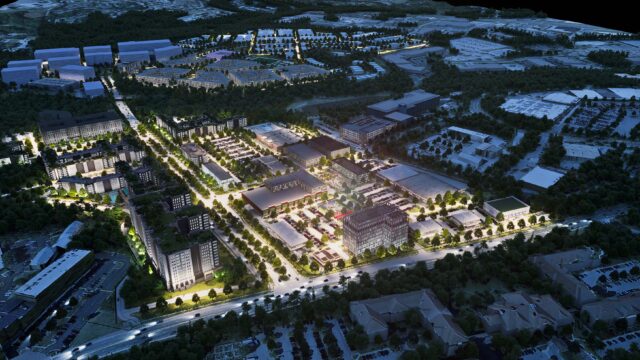
A good example of this lies just outside of Washington, D.C., where MCB is taking over the development of Viva White Oak, a mixed and multi-use development next to the U.S. Food and Drug Administration offices in Silver Spring, Maryland. It will feature up to 3,000 residential units and four million square feet of retail, office and life science space. The massive 280-acre project, with its initial phase led by 500,000 square feet of retail and a town center area, encompasses the same physical space as the nearby mixed-use developments of Pike & Rose, One Loudoun, and Crown Farm-combined. The significant investment in a sprawling project like Viva White Oak speaks to the confidence research teams for developers like MCB have in retail-focused projects that have the potential to create a much-needed geographic economic driver that will be a sizable return on investment and stimulate regional economic prosperity.
As retail continues to thrive, it will play a pivotal role in driving growth across the commercial real estate sector. With retail vacancy rates at a five-year low, it remains one of the tightest sectors in terms of supply and demand. Retail’s growing influence and ability to lead in mixed-use and multi-use developments is reshaping the market, and savvy developers who can effectively collaborate with government entities and understand market dynamics are well-positioned for success.
Retail is no longer just along for the ride in mixed-use projects—its taking the wheel.
Media & Press
Media Inquiries
